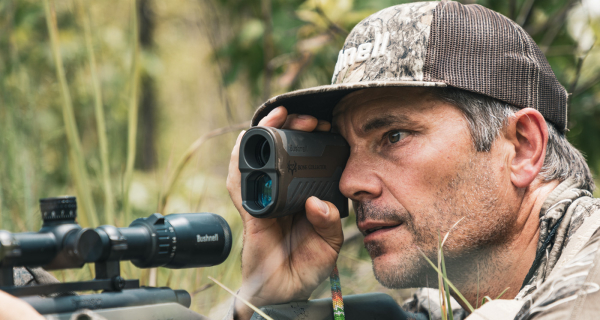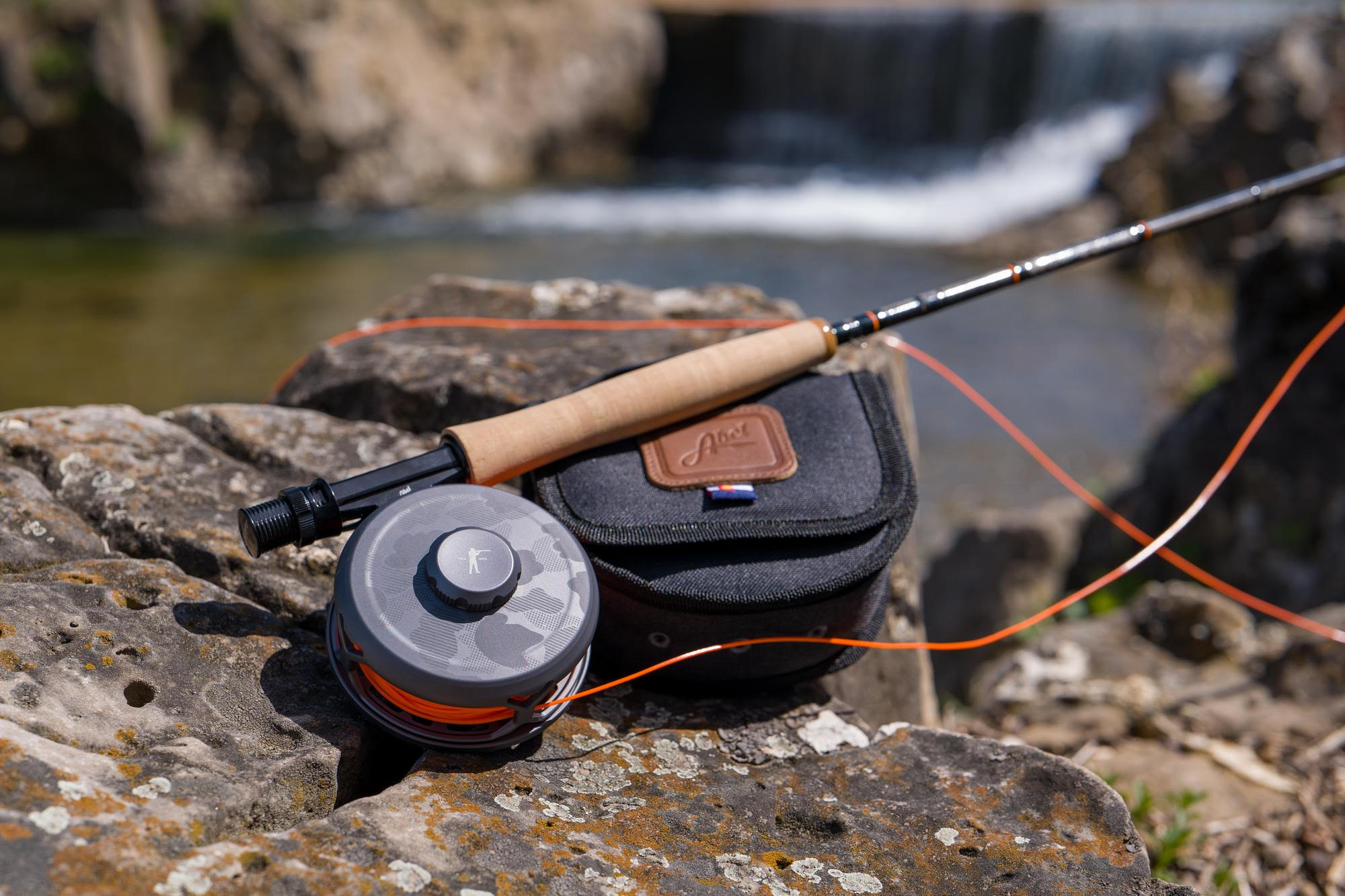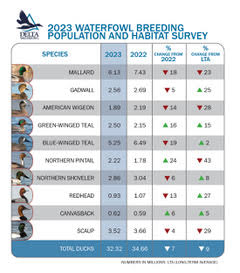The Future of Michigan Hunting is Upon Us
By Glen Wunderlich
Outdoor Columnist
Professional Outdoor Media Association
While it may be difficult to predict with certainty how Michigan’s deer hunting will evolve over the next 20 years, an objective look at history and current trends are all we have to program into anyone’s crystal ball. Over the past 500 years, the national deer population has cycled through distinct phases – some threatening the very existence of whitetail deer. Beginning with exploitation by Native Americans from year1500 to year1800, deer numbers dropped from about 70 million to 30 million. Then a moderate recovery grounded in improved habitat from year 1800 to 1860, the population rebounded enough for European market hunters to capitalize on the herd for big money. By year 1900 the game numbers had reached their low point, and without a change in management strategy, the future of America’s deer hunting would have gone the way of the jackalope. (When’s the last time you saw one afield, anyway?) A period of protection and recovery took place through year 1975 with excise taxes collected from outdoors people providing the funds necessary to trap and transfer deer to other states that had decimated populations. Michigan became a leader in this noble effort, which became the foundation for what has been a most remarkable national recovery effort – so much so that the deer population is approximately what it was some 500 years ago.
Deer numbers are up and that’s the good news. Viewing current conditions through a toilet paper roll might easily lead one to believe that hunters can become complacent with all of the successful conservation efforts.
However, there are plenty of factors that will continue to affect overall hunter satisfaction, if we are honest enough to consider them. Facts do not cease to exist because they are ignored, and for that reason, it’s time for thinking hunters to put the toilet paper roller aside and get out the wide-angle lens.
Urban sprawl eliminates habitat. Although the cyclic nature of the housing market may have temporarily eased the pressure of sprawl, there’s no stopping it based on current trends. With less land, also comes a decrease in hunting land sizes.
Human and deer conflicts will increase in proportion to sprawl. Deer may eat your cotoneasters in your yard or they may come out of nowhere and ruin your car, your day, and their lives. You say it’s already happening? Just wait.
With forever-higher fees, an aging hunting fraternity passing on little tradition, and more non-hunting immigrants, hunter numbers will continue to decline.
Wildlife budgets will continue on current decline trends based on a lack of public support.
Diseases such as chronic wasting disease and tuberculosis will remain and most likely will expand into new areas.
The Animal rights movement is here to stay and along with it, public scrutiny of hunters’ conduct will grow.
Geez! And, I thought these were the good ol’ days.
All is not lost, my friends, but it will take a margin of cooperation heretofore unprecedented – private-land hunting cooperatives, that is.
Hunting cooperatives are already being formed and work like this: Groups of adjoining landowners pool resources of land in an effort to improve the quality of the deer herd and overall hunting experience. (They might pool equipment and get bulk-buying discounts for seed and fertilizer, too.) They are voluntary, can be any size, and landowners make mutually agreeable rules relative to protecting young bucks and harvesting an adequate number of does.
There’s more to the idea and I’ll take a more in-depth look into this concept and the future of deer hunting in upcoming posts.





